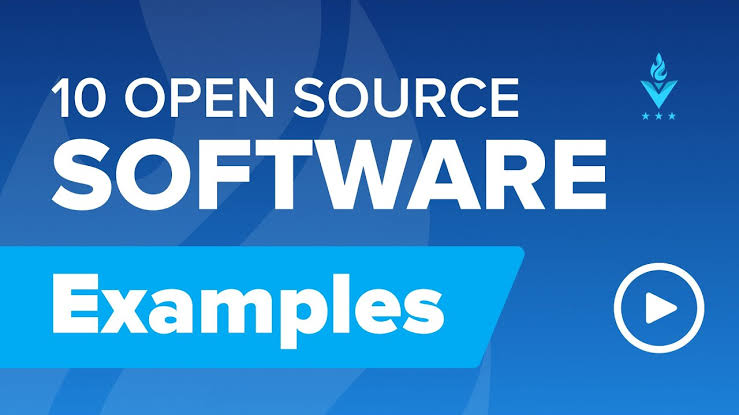Explore the top ten open-source software solutions that are essential for various needs, including operating systems, web servers, graphics editors, and media players. Discover how these versatile tools provide powerful, customizable options supported by active communities, offering high-quality alternatives to proprietary software.
Open source software plays a role, in the world offering users robust tools that are typically free and adaptable. These applications are created through collaboration enabling users to access, alter and share the code. Below is a detailed compilation of the ten open source software options showcasing their prominent features and uses.
**1. Linux**
Linux is an operating system known for its flexibility and strength forming the basis for various versions like Ubuntu, Fedora and Debian. Its open source character enables users to tailor and enhance the system to suit their requirements. Linux is esteemed for its reliability, safety and efficiency making it a favored option for servers, desktops and embedded devices.
**2. Apache HTTP Server**
The Apache HTTP Server, often referred to as Apache, is a popular web server platform. Its known, for its versatility and ability to be customized. With its modular architecture Apache offers features like URL rewriting, authentication and SSL/TLS encryption. Its widespread adoption and robust community backing establish it as a dependable option for hosting websites and web applications.
**3. Mozilla Firefox**
Mozilla Firefox stands out as an open source web browser prioritizing user privacy and security. Boasting features such as customizable add ons, efficient tab organization and integrated tracking safeguards Firefox ensures a seamless browsing journey. The collaborative framework enables developers to play a role, in enhancing its features and driving innovation forward.
**4. GIMP**
GIMP, which stands for the GNU Image Manipulation Program, is a versatile graphics editor that is open source. It's commonly used for tasks like enhancing photos, creating images and designing graphics. With its set of features such as layers, filters and customizable brushes GIMP serves as an alternative to commercial software like Adobe Photoshop. The ongoing support from a community guarantees that GIMP stays a player in the field of editing.
**5. LibreOffice**
LibreOffice is a versatile free office software package that includes tools for writing documents creating spreadsheets making presentations and more. It can work with file formats used by Microsoft Office. Whether for use or for business purposes LibreOffice provides a range of features such as formatting options, data analysis tools and the ability to collaborate on projects.
**6. WordPress**
WordPress, an open source content management system (CMS) is widely utilized across the internet. It offers users a versatile platform to build and maintain websites and blogs. With a variety of plugins available WordPress allows for tailored site customization. Its intuitive interface and robust community backing make it a user friendly option for novices and seasoned developers.
**7. Blender**
Blender is a robust open source 3D creation software utilized in modeling, animation, rendering and beyond. Its reputation stems from its range of features encompassing sculpting, texturing and compositing tools. With its adaptability and wealth of community resources Blender has gained popularity among artists and developers working in animation, game design and visual effects.
**8. VLC Media Player**
VLC Media Player is a flexible open source player that can handle various audio and video formats. With its interface and broad codec compatibility users can enjoy almost any media file without needing extra software. Additionally VLC provides features like streaming options, subtitle support and media conversion tools, which make it a must have for media lovers.
**9. Audacity**
Audacity is a software that allows users to edit audio tracks. It offers features like editing, reducing background noise and applying effects. With its user friendly design and versatile capabilities Audacity is widely used by podcasters, musicians and sound professionals.
**10. Git**
Git is a widely used system for version control. Its purpose is to help manage source code and track changes in software development projects. With Git developers can collaborate on code work with branches and keep a record of modifications. Its flexibility and effectiveness make it a tool, for both solo programmers and large development teams.
In summary the top ten open source software solutions showcase a variety of tools that serve different industries and needs. Whether you require an operating system, web server, graphic editor or media player open source software offers powerful and adaptable solutions backed by enthusiastic communities of developers and users. By utilizing these resources individuals and organizations can enjoy software without being tied down by systems.
